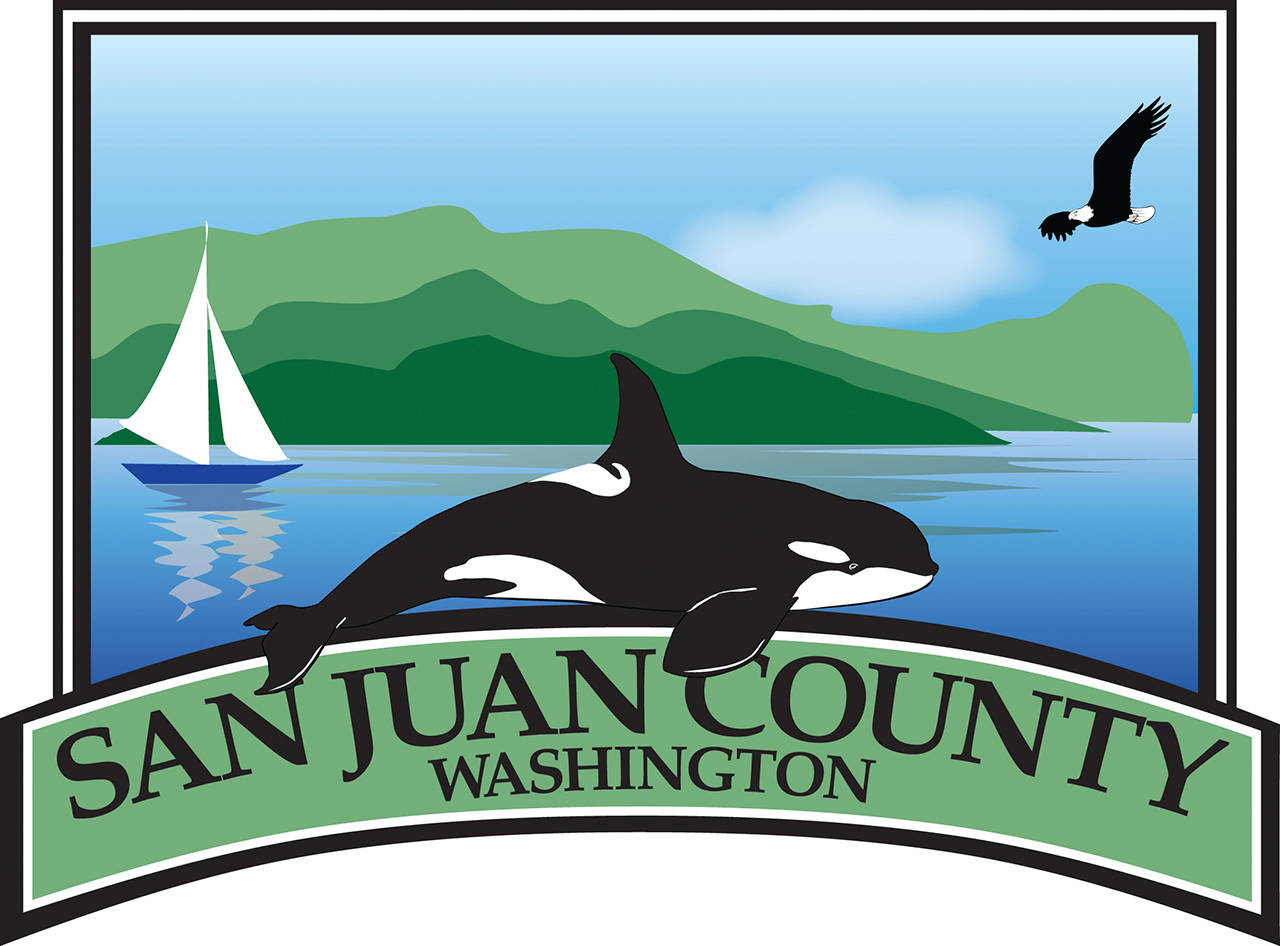Submitted by San Juan County
The week before last, Gov. Jay Inslee released details on what is being called the “Roadmap to Recovery.” This is the initial piece is a two phased approach to taking the first step towards a limited reopening of some businesses and a return of some activities.
Below are some of the answers to some common questions we’re hearing about this plan:
QUESTION: What are the basics?
In brief, all counties are beginning in Phase 1, which is very similar to the restrictions currently in place in San Juan County. Full details can be found at https://medium.com/wagovernor/inslee-announces-healthy-washington-roadmap-to-recovery-229b880a6859. As per Inslee’s plan, in order to move to Phase 2, four health metrics must be met on a regional basis.
For San Juan County, our region (the North Region) includes Whatcom, Skagit, and Island Counties. Once in Phase 2, the same metrics must be maintained in order to avoid rolling back to Phase 1. Some highlights of Phase 2 include indoor dining at 25 percent; indoor fitness facilities at 25 percent; and a further loosening on restrictions on sports. For full details, please review the link at https://miro.medium.com/max/2400/1*oR_e9iq00_hIruCEL-p-FA.png.
QUESTION: What Phase is San Juan County in now, and what are the specifics?
As of January 11th, all counties in WA are in Phase 1. WA DOH will release a weekly report on Fridays that updates the metrics and indicates whether any counties will be moving between phases.
The report for Jan. 8 is online at https://www.doh.wa.gov/Portals/1/Documents/1600/coronavirus/data-tables/421-006-RoadmapToRecovery.pdf. Links to future reports should be available on the Washington State Department of Health Risk Assessment Dashboard at https://coronavirus.wa.gov/what-you-need-know/covid-19-risk-assessment-dashboard.
QUESTION: What is the difference between the old Phase 2, where San Juan County was previously and the new Phase 1, where we are now?
For the most part, the two are identical. The main change is that last week while we were in Phase 2 of the old plan, the rule only allowed for social gatherings with no more than five people outside your household per week.
The new rule during the current Phase 1 prohibits indoor social and at-home gathering size. Outdoor social and at-home gatherings are limited to a maximum of 10 people from outside your household and a limit of two households.
So, in summary, no indoor gatherings with people outside of your household.
QUESTION: Are these phases different than the vaccine eligibility phases? Is there a direct connection between the two?
No, and it was a case of poor judgment to use the same terminology for two very different things. Maybe DOH will adjust, but for now, we’re going to avoid causing further confusion and stick with using “phase” to describe both vaccine eligibility groups and the reopening status of counties.
QUESTION: What about the earlier four phase plan that controlled what could be open in WA State? Is this related to that plan?
No, this is a new plan. Same general terminology, but the specifics of the plan vary. In general, this new approach is more objective and less subjective. Hopefully, this will reduce some of the inconsistencies and occasional gaps in the logic of the previous plan.
QUESTION: What exactly are the metrics being measured?
There are some very specific data that DOH is using to calculate phases: decreasing trend in two-week rate of COVID-19 cases per 100,000 population (a decrease of greater than 10 percent); decreasing trend in two-week rate new COVID-19 hospital admission rates per 100,000 population (a decrease of greater than 10 percent); Intensive Care Unit hospital bed occupancy (total — COVID-19 and non-COVID-19) of less than 90 percent; and COVID-19 test positivity rate of less than 10 percent.
QUESTION: Why is San Juan County being tied to other counties? Given our relatively low case rate, doesn’t this hurt the islands?
The switch to a regional approach is a change in tactics for the Governor and WA DOH. There are several reasons:
• For small counties like San Juan County, small swings in the number of cases can cause the county’s overall metrics to vary wildly. This could mean one week we’re in Phase 1, the next in Phase 2, and then back to Phase 1, and so on and so on. One goal of the regional approach is to even out this extreme variability.
• Perhaps, more importantly, one of the metrics is hospital bed availability. Given that all individuals with serious medical conditions are transported to the mainland, the health of San Juan County is impacted by the availability of beds in neighboring counties.
• Regionalization has also been found to help eliminate the inconsistencies of a more local approach. Previous systems resulted in one county being in Phase 3, and an adjacent one in Phase 1. That ended up causing some residents of the high-risk county to go to their neighboring low-risk county to eat out, visit a bar, or attend a movie or concert. Not surprisingly, before you know it both counties are in Phase 3. For a much more detailed look at this, the study located at https://arxiv.org/abs/2008.09629 provides some science behind the decision.
• It is also clear that a regional approach is more effective at limiting spread. While the islands are more isolated from their neighbors than most places, there are still lots of islanders who travel back and forth from the mainland for a host of reasons. What happens in Skagit or Whatcom matters in San Juan.
QUESTION: So, it is possible that we could move to Phase 2, and then if our metrics worsened, we would automatically drop back to Phase 1?
Yes.
QUESTION: What comes after Phase 2?
There are no details yet on what this plan looks like beyond Phase 2. No doubt it will remain unknown until some counties in Washington are in Phase 2 and case counts have started to truly stabilize.
QUESTION: Does this plan address school reopening in any way?
No. However it does address the reopening of sports.





